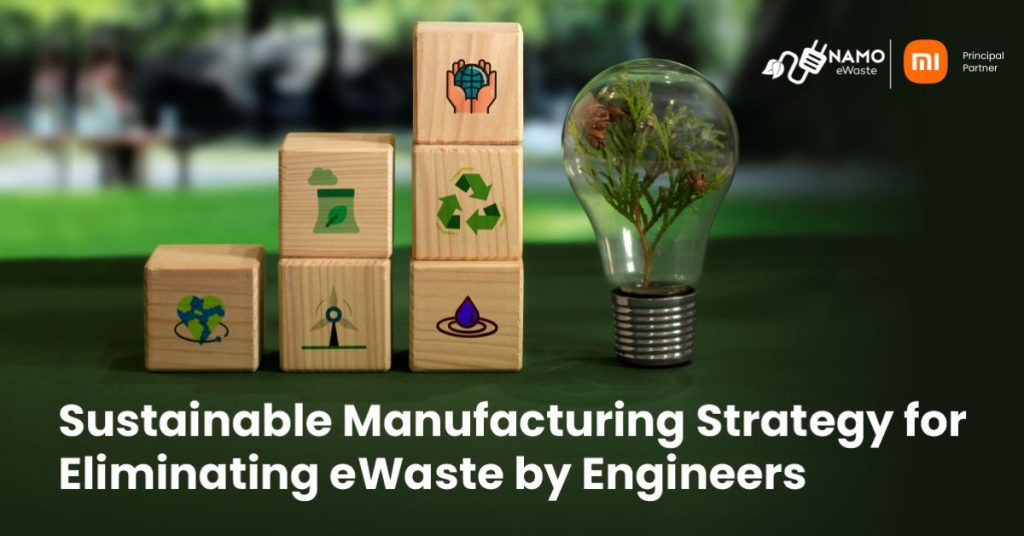As our reliance on electronic devices continues to increase, so does the amount of eWaste generated each year. To combat this issue, engineers have a crucial role to play in developing sustainable manufacturing strategies that reduce waste and promote a circular economy. By implementing innovative technologies and designing products for disassembly and recycling, engineers can help eliminate eWaste and create a more sustainable future.
One key strategy for reducing eWaste is to design products that are made to last. This means using durable materials and designing devices that are easy to repair and upgrade. When products are built to last, consumers are less likely to replace them frequently, which can help to reduce the overall amount of eWaste generated.
Another strategy is to use environmentally friendly materials in the manufacturing process. For example, engineers can choose materials that are biodegradable or can be easily recycled. This can help to reduce the amount of waste that ends up in landfills and conserve natural resources.
In addition to using sustainable materials, engineers can also incorporate eco-friendly manufacturing processes into their operations. For example, they can implement energy-efficient production methods or use renewable energy sources to power their factories. This not only helps to reduce the environmental impact of manufacturing, but it can also save money on energy costs in the long run.
Another important strategy is to develop take-back programs or recycling initiatives for end-of-life products. This means creating systems for consumers to return their old devices so they can be properly disposed of or recycled. Many electronics manufacturers have already implemented take-back programs, but there is still a long way to go in terms of making these programs more accessible and widespread.
Finally, engineers can also promote the use of circular economy principles in the manufacturing process. The circular economy is an economic model that prioritises the use of renewable resources and the minimization of waste. By designing products that are made to be recycled and implementing closed-loop manufacturing processes, engineers can help to reduce the amount of eWaste generated and conserve natural resources.
Overall, there are many strategies that engineers can use to help eliminate eWaste and promote sustainable manufacturing. By prioritising durability, using eco-friendly materials and processes, implementing take-back programs and recycling initiatives, and promoting circular economy principles, we can work towards a more sustainable future. It is engineers’ responsibility to take a leadership role in developing sustainable manufacturing strategies that protect our planet and support a healthy, thriving society.
In conclusion, it is high time for engineers and manufacturers to adopt sustainable manufacturing strategies to combat the eWaste crisis. Additionally, by partnering with recyclers and engaging in public education campaigns, engineers can increase awareness of the importance of responsible eWaste disposal and motivate consumers to adopt more sustainable practices.
In the end, it is the responsibility of everyone to work together to address the issue of eWaste. Whether it is through designing more sustainable products or properly disposing of our electronics, we all have a role to play in creating a cleaner, healthier planet. As we move towards a more sustainable future, let us all commit to doing our part in eliminating eWaste and building a better tomorrow for ourselves and future generations.


